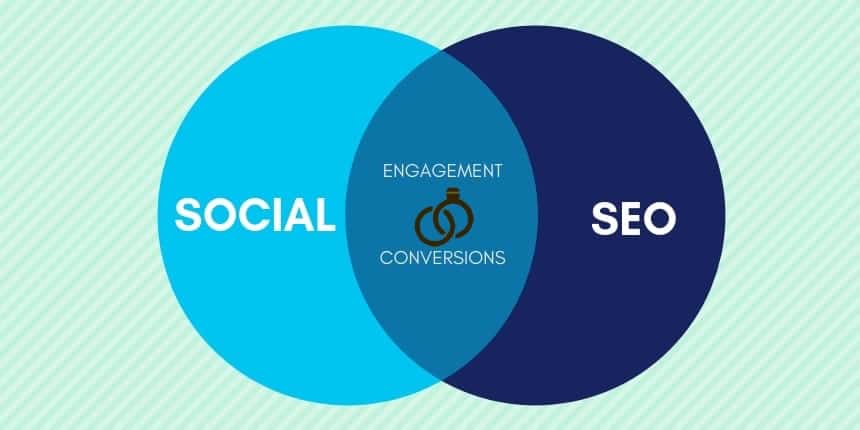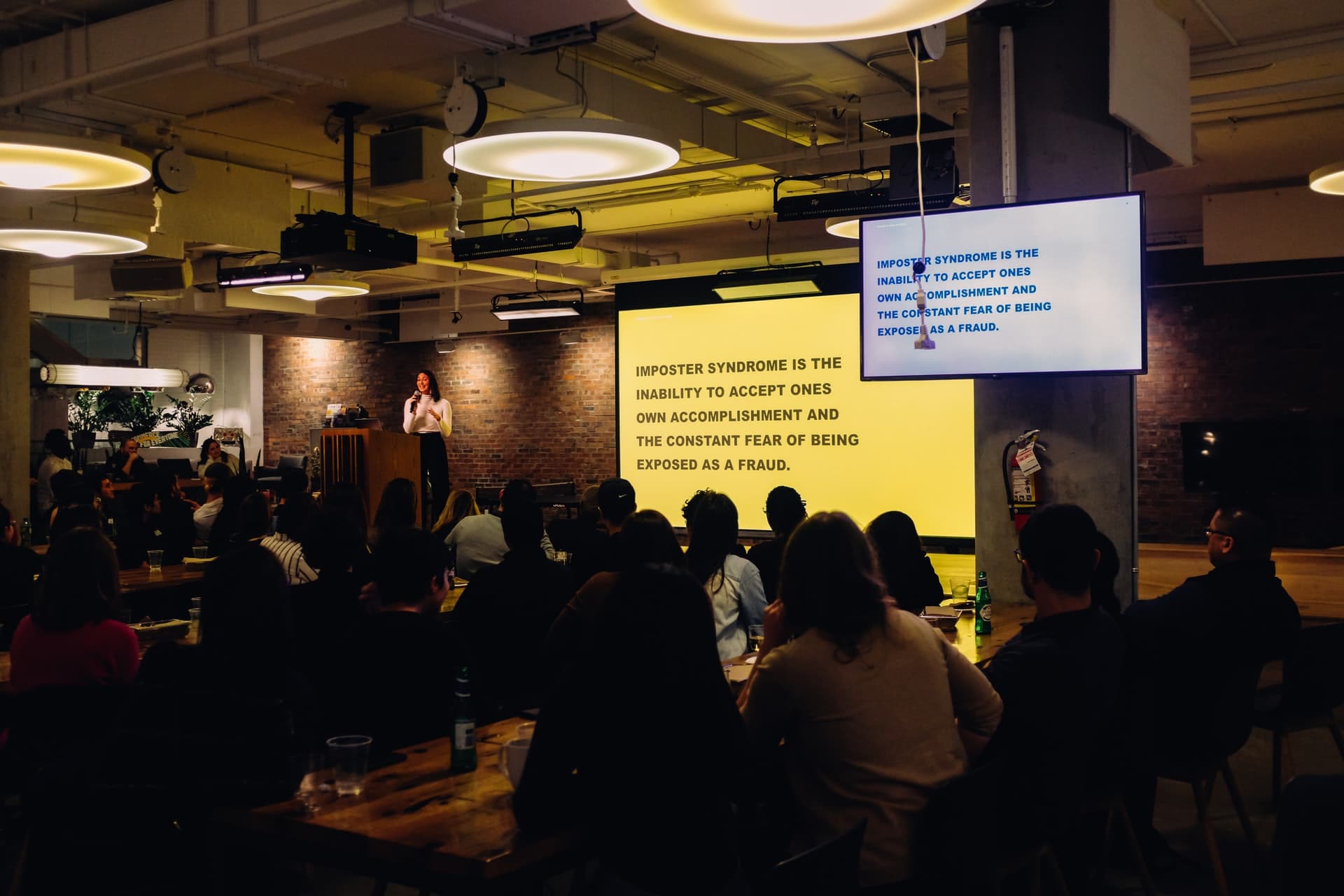

Darth Wader of Digital Marketing
Last month, our online team hit our highest ever record traffic for electronicsforu.com and its network of sites — over 2.27 million views in a month, on a website catering to just electronics design engineers.
No mean feat!
Anyway, once we were over the euphoria of having pushed the benchmark up a notch, we got down to executing actions to ensure that we can secure our achievement. Audits of the main site and its compatriot microsites were run, and results analysed.
The paranoia bore fruit. An old issue had started to show its head(s) again: harmful or toxic links pointing to our site.
No mean feat!
Anyway, once we were over the euphoria of having pushed the benchmark up a notch, we got down to executing actions to ensure that we can secure our achievement. Audits of the main site and its compatriot microsites were run, and results analysed.
The paranoia bore fruit. An old issue had started to show its head(s) again: harmful or toxic links pointing to our site.
What are ‘harmful’ links?
Links that point to your site from across the web that don’t meaningfully recommend your website, but created for the sole purpose of link building. Websites usually acquire these harmful links when their digital marketing agency goes rogue with the link building strategy to reduce their costs. Doesn’t show symptoms until your site gets a penalty slapped on it.
Links pointing to our site are generally good. However, some links just do a lot of bad.
Google considers a link as a vote for the quality of your site. Unlike an election, Google believes votes from shady characters to be a negative vote.
What impact does this have? An example from Moz (https://moz.com/blog/google-algorithmic-penalties-post-penguin) shows how traffic increased 10x in 4 days for a client after disavowing bad links.
These bad links are mostly used in black hat SEO (cue Mr. Vader).
What impact does this have? An example from Moz (https://moz.com/blog/google-algorithmic-penalties-post-penguin) shows how traffic increased 10x in 4 days for a client after disavowing bad links.
These bad links are mostly used in black hat SEO (cue Mr. Vader).
Listed below are some of the commonly seen categories of bad links.
- Link Networks: Network of sites held by the same person to generate a high number of links to manipulate SEO.
- Spam in communities: Signature spam or bots spamming on forums pointing to your site are against Google Webmaster Guidelines.
- Toxic environment: Websites marked malicious or that were de-indexed could be a pain in the wrong side if they link to you.
- Manipulative links: Stuffed anchor text, high-density links or links from directories are trouble too.
- Irrelevant source domain: If your digital signal processing (DSP) chip business is linked to from a site about nachos, it raises flags.
How do you get rid of these for your business' website?
- Use an audit tool to get the whole set of toxic links quickly. We use SEMRush, but there are other tools out there too.
- Do NOT trust the results of your audit tool entirely. Go through it with a fine-toothed comb to figure out which ones are really irrelevant to your business.
- When you visit shady links, remember to proceed with caution. There might be NSFW links lurking in there, not to mention ones with malicious code on it.
- Once you have your final list of links to disavow, go to https://www.google.com/webmasters/tools/disavow-links-main
- Create a .txt file of ONLY the links that you want to disavow and upload it into the Google tool.
- That's it! Google will now process your disavow requests.
I want to explore
marketing ideas to grow
my business...
For any query feel free to mail us at [email protected] or call us at
+91-98111-55335









